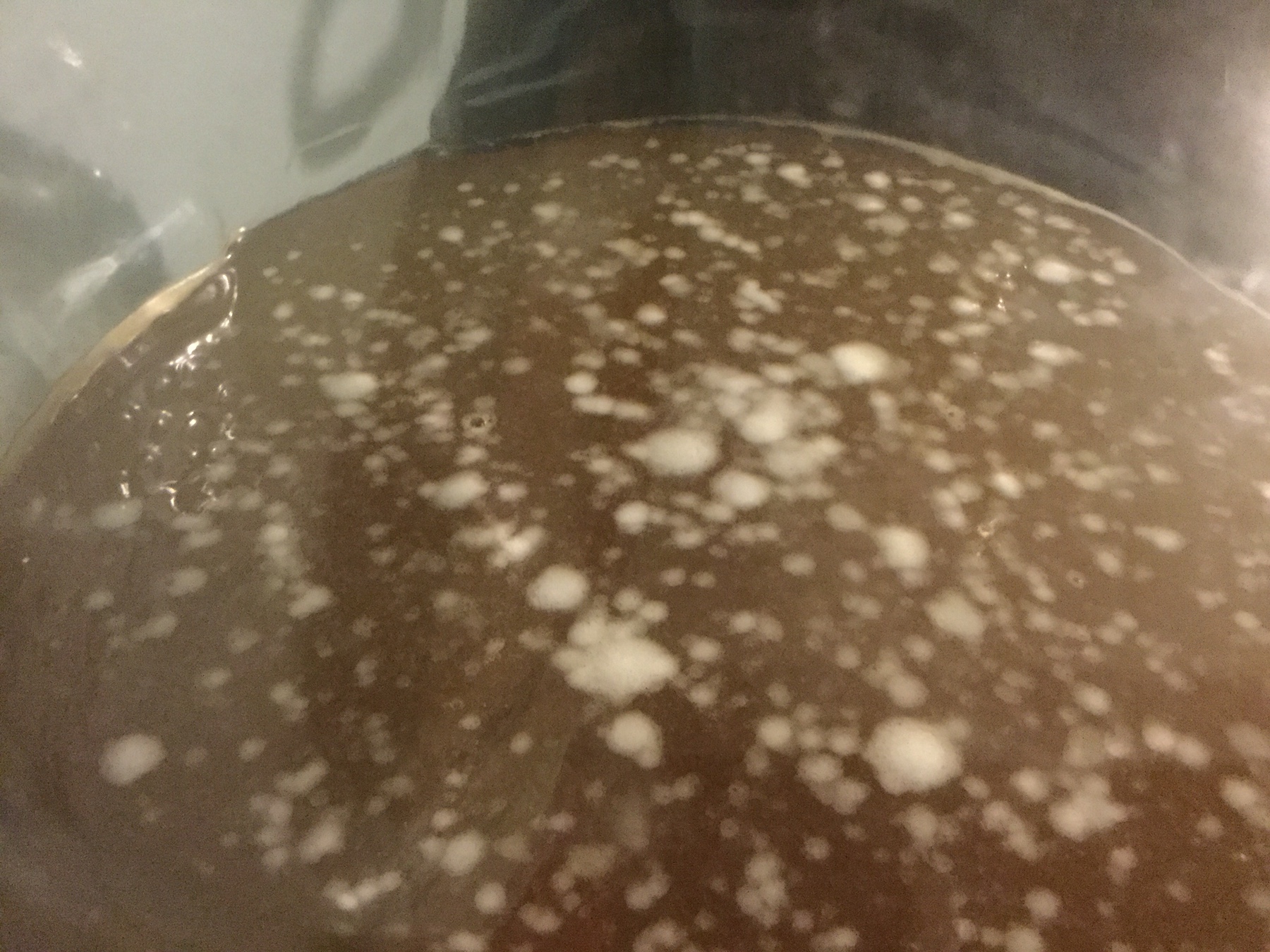i started this mead about a week ago and at first it had a brown foam from the cinnamon i put in and the bubbling but this has become like a thick paste i dont know if its just a yeast colony or an infection i dont notice any odd smells it just smells kinda like kombucha and bread since i used bread yeast if you could help me out that would be great
EDIT: i did a little research and i think its just a spongy layer of yeast i guess its called trub not sure still would appreciate other opinions
EDIT: i did a little research and i think its just a spongy layer of yeast i guess its called trub not sure still would appreciate other opinions
Attachments
Last edited:


![IMG_0231[1].JPG](https://cdn.homebrewtalk.com/data/attachments/535/535852-6b8be18f8658a53b50a86eecbe497eac.jpg)
![IMG_0230[1].JPG](https://cdn.homebrewtalk.com/data/attachments/535/535853-4aef4697ec1075e0fc4c709f3ace8680.jpg)
![IMG_0229[1].JPG](https://cdn.homebrewtalk.com/data/attachments/535/535854-13100c8fd5ce12675c90f03c13ceecb1.jpg)
![IMG_0228[1].JPG](https://cdn.homebrewtalk.com/data/attachments/535/535855-44f3a3b7f65d26f1ef28e1f56e1bd726.jpg)

